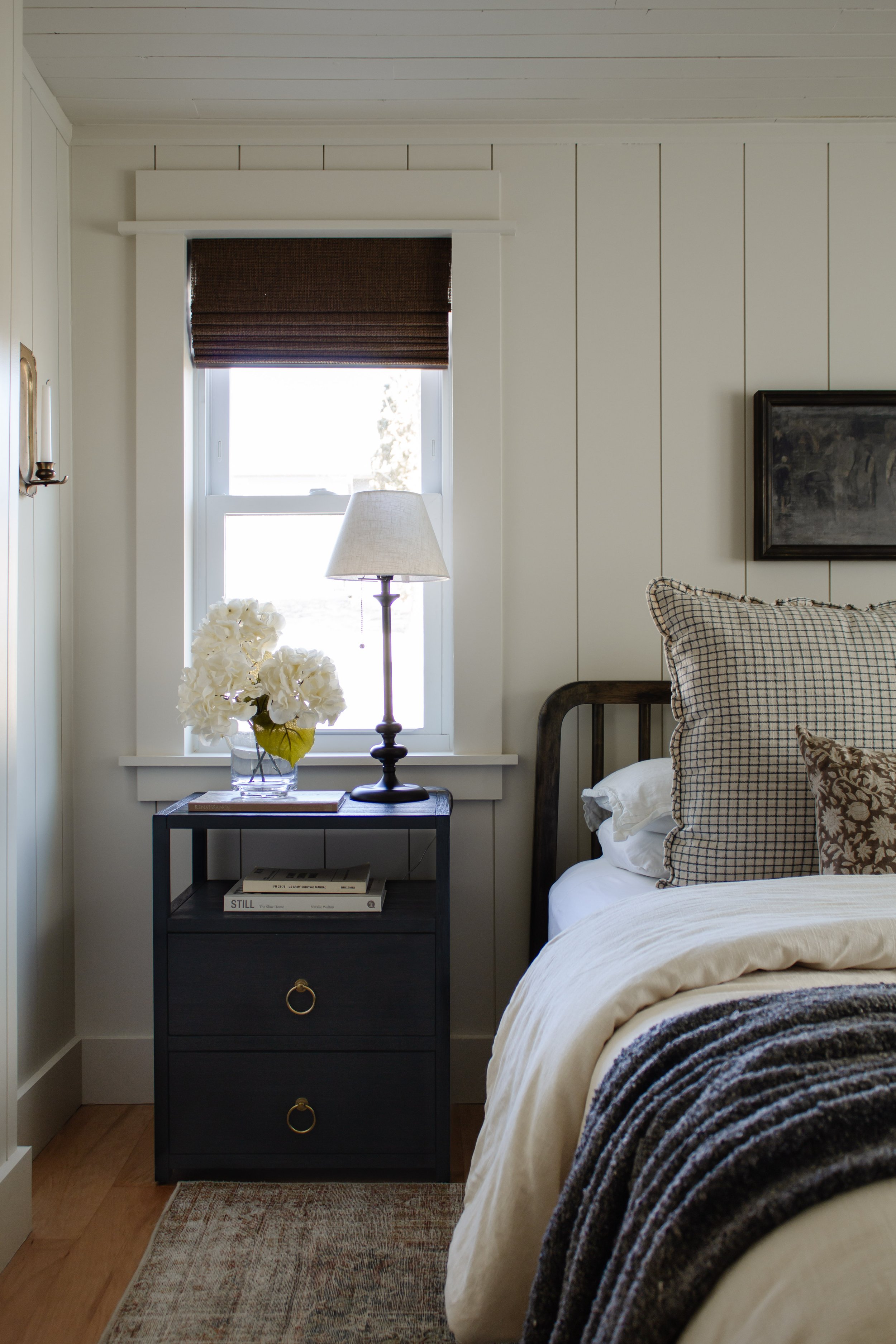Dear Danica, How Do You Mix Design Styles & Is There A Recommended Ratio?
·

Dear danica,
So my question is: is there a general rule (ratio of one style to another)? How do you mix different periods of decor together?
– MB
I believe excellent, timeless design includes three things:
-
An interior style that reflects the home’s architectural style.
-
A mixture of 2-3 design styles.
-
A mix of old and new.
Of course there are plenty of other key elements, “rules”, and suggestions for good design, but this is the formula I use for creating a well balanced home.
So let me break down each element above.
ENSURE YOUR INTERIOR STYLE REFLECTS THE HOME’S ARCHITECTURAL STYLE
I’ve learned the hard way that when you design an interior entirely different from what the home’s architectural style is, the home will feel disconnected. So my first suggestion is to determine your home’s architectural style. Most often this can be determined by looking at the exterior. Perhaps it’s Georgian, Colonial, Bungalow, or Spanish. Many historical exterior styles have a coordinating interior style that will help determine what your base style should be.
Perhaps your home’s exterior doesn’t have any defining characteristics as it may be a newer build or a rambler. This is a prime opportunity for you to create your home’s style.
MIX 2-3 DESIGN STYLES
Nothing is more confusing than a home with 10-15 different styles. And nothing dates a home more than sticking to one era in every element of the design. So I highly encourage mixing multiple styles that fit well with the architecture of your home, but stick to 2 or 3.
Pick your main style. The style you connect with the most. (Hopefully that’s the same as the architecture of your home.) Let’s say this accounts for 50% of the pieces in your home.
Then add in a secondary style. This could account for 25% of the elements in your home. And your third style accounts for the remaining 25%. Or maybe you split the styles 33%, 33%, and 33%.
There’s not a strict ratio, but I do think that each style should have multiple moments in your design. If everything in your home is either California casual or traditional and then you just have one piece of contemporary furniture in the room, it’ll feel out of place. But if you add more contemporary elements in both the room and the rest of the house, it’ll feel more balanced.
Being that today’s design question is highly focussed on antiques, ideally the antiques you incorporate in your home fall into the three design styles you’ve chosen for your home. I tend to look at the shape and intricacy of the details to keep a common thread between all antiques I use. i.e. they all lean primitive or they all have detailed ornamentation. They all feature straight lines. They all have a similar rich wood tone etc, etc etc.
P.S. I consider modern to be the black of metal finishes. It can pair with almost any style seamlessly. Modern can show itself in a variety of ways – through minimalism, through the shape of the furniture, through paint colors, or through metal finishes. Adding modern touches is a great way to start incorporating a second style into your home.
MIX OLD & NEW
And this is where we get to the meat of our decision making…especially for us antique loving folks. There isn’t a strict old-to-new ratio that you should abide by, but generally speaking, aiming for a 50/50 split is a good place to start. If the biggest, most prominent elements of your room (sofa, chairs, rug, coffee table) are all new, it can lack character. If they’re all antique, it can look like an antique store. Mix in an antique coffee table and a vintage rug to the new pieces to add depth of character.
For smaller, more decorative pieces, I tend to lean antique. Probably somewhere around a 60/30 split. But I still throw in new decor to maintain a layered look.
I tend to do the following:
-
Upholstered furniture: New
-
Rugs: New or Vintage
-
Coffee Table: Antique
-
Side Tables: Antique
-
Lamp: New
-
Lamp Shade: Antique or Thrifted
-
Dressers: Antique or Second Hand
-
Pillows: New
-
Hutch/Sideboard/Entry Cabinet: Antique
Hopefully this gives you a good foundation of how to move forward and create a style that’s completely unique to you!
Leave a Reply Cancel reply
Where behind the scenes, exclusive advice, and candid conversations are sent straight to your inbox every week.






Where do i find those chairs on the front porch.
Hi Tabitha! Here’s a link to the chairs.